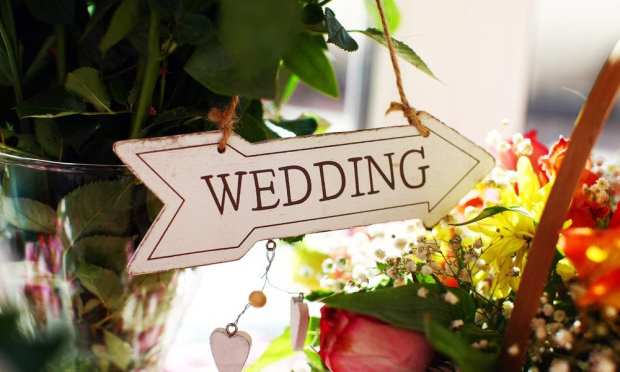High-End Wedding Retail Takes A Dive — But Rebirth Is Possible

Stroll along certain streets in New Orleans (site of the PYMNTS bureau of slow and lost time), and you’ll come across one: A full-service, high-end bridal and wedding boutique.
They are open to anyone, of course, but they remain a traditional stop for brides-to-be from wealthy uptown society, and function these days as almost a reminder of how wedding preparation used to go — how a woman and her friends and mother would spend a fun day (or more) seeking the perfect dress, as well as luxurious items to include on the registry, and sometimes while sipping champagne.
Times, they are a-changin’.
Store Closures
News broke earlier this week that Michael C. Fina, a New York City jeweler and fine goods merchant that had been in business since the Great Depression, is no more. The retailer was legendary among a certain set — luxury consumers and shoppers who aspired to be — and is widely credited with helping to make mainstream the concept of a bridal registry. The store’s history includes visits and purchases from the A-list of all-time American celebrity culture, including such icons as Frank Sinatra, Anna Wintour and at least one U.S. president.
The brick-and-mortar store closed in 2016, and the retailer tried to make do with an online presence. But that didn’t work, at least via its own site — it will have a store on Amazon.
According to a note on the Fina website, “We have found that the emotional aspect of the Michael C. Fina in-store experience — made all the more special when shopping for significant life events, often alongside loved ones — was not something we were able to replicate online. As today’s consumer continues to shift to a virtual marketplace, we explored all our options to determine the best way to proceed and it is with heavy hearts that we have decided to close.”
It’s not exactly news that the wedding business is changing, and not only for high-end retailers that are part of the ecosystem of pending nuptials.
David’s Bridal, a lower-end retail destination, recently emerged from bankruptcy and hopes to find new energy, in part, via a robust, in-house bridal registry offering (along with offering dresses at lower prices than was the case before, according to reports). As well, millennials — in keeping with their apparent fate to take the blame for ruining everything that was supposed to be good and holy — are being faulted for the decline of what some cynics call the Wedding Industrial Complex. Younger people are generally waiting longer to marry, and are spending less on the wedding when they do so. And registries are increasingly migrating online, including from such companies as 1stdibs, a high-end online marketplace that also sells such products at modern and antique furniture, along with fashion and art.
In-Store Experiences
The operators of Michael C. Fina said they failed at replicating the in-store experience online, but the goal, at least according to some observers, is to better try to reflect the online experience inside stores — indeed, that is a trend that’s gaining steam in pretty much all parts of retail, including for apparel and home goods, both of which are big wedding products. That includes more sophisticated use of consumer data to provide better marketing, among other tasks, according to at least one analysis.
Take Neiman Marcus, another high-end place for pending brides to craft registries. The chain recently announced it would open what it describes as a “multi-level retail experience” at a new development in Manhattan. Among the features? The store will feature technology such as fitting rooms that are digitally enabled. Shoppers can customize lighting with five different environment settings and can check out directly from the space. The move comes as the retailer is looking to build a luxury platform. Sure, that’s not a move directly related to weddings, but it does show what luxury retailers — the favorites of many brides-to-be — are doing to keep themselves relevant as more wedding retail moves entirely online.
There is no use mourning for the decline of Michael C. Fina or similar retail destinations that served as significant parts of many families’ traditions — and many people’s wedding dreams and fantasies. That’s not to sound cold or cruel, only to note that — except for New Orleans, perhaps — time moves on without mercy, and one of the best tactics to keep alive the old ways is to update them for these newer times.
